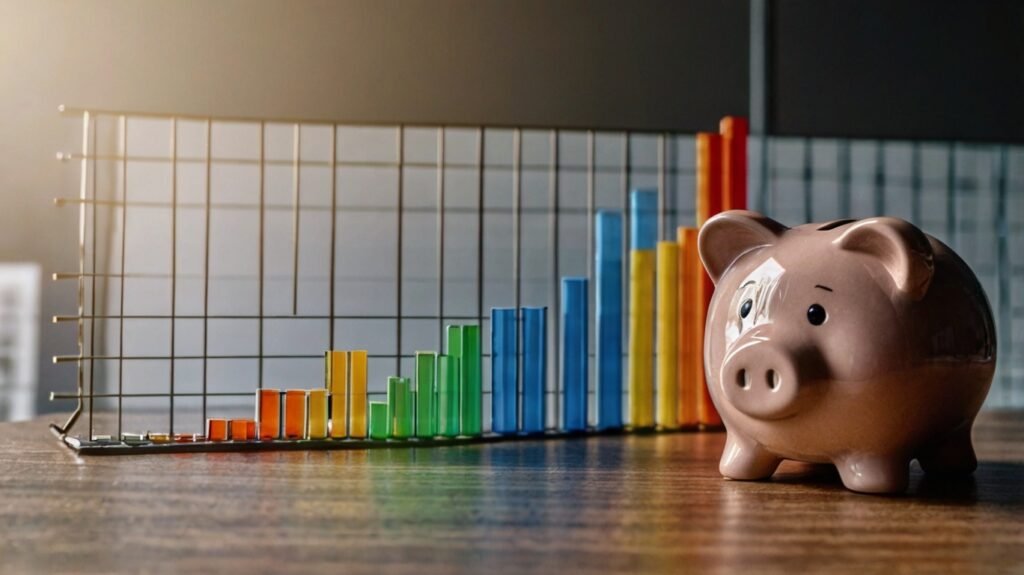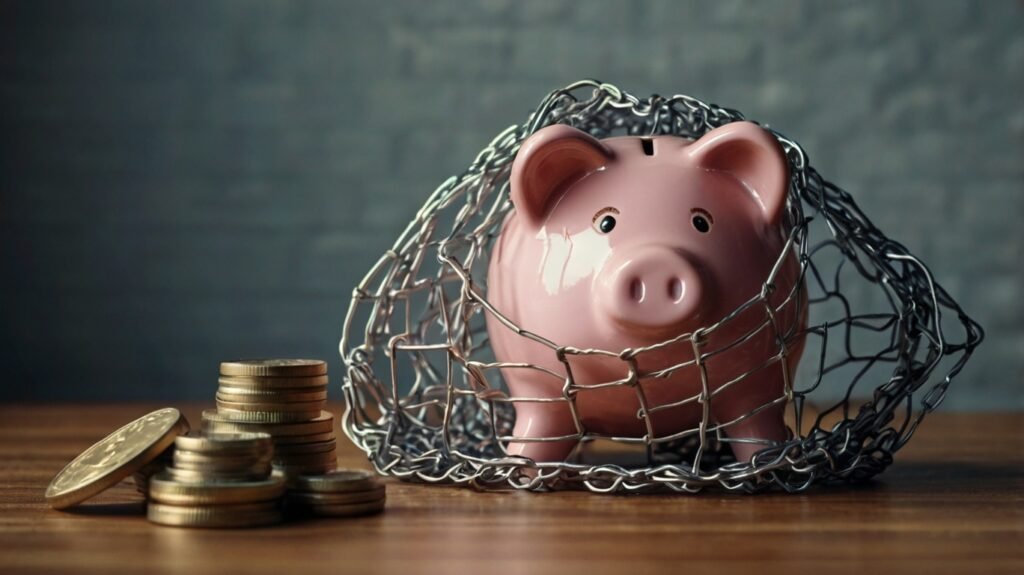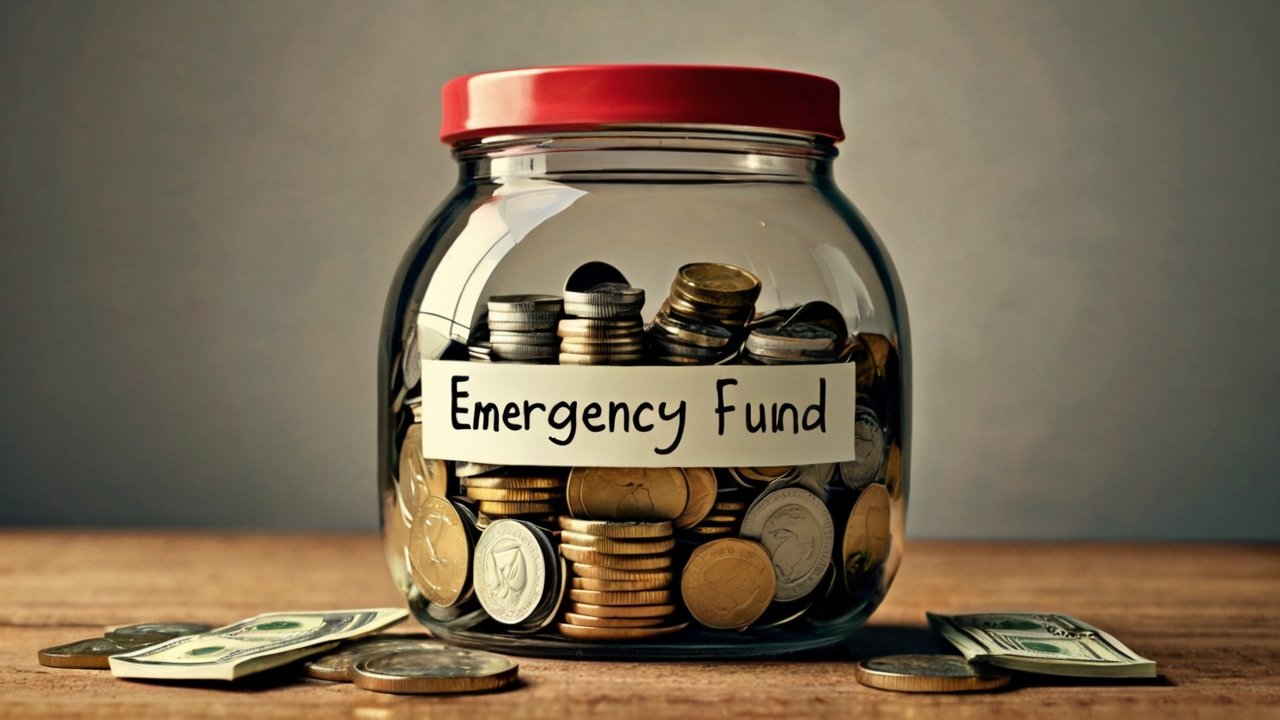Maintaining an emergency fund is not just a prudent financial decision; it’s a necessity in today’s uncertain world. Crises can arise at any moment, and having a safety net can make a significant difference. Examples of such crises include unexpected medical bills, car repairs, and job losses. In this extensive guide, we’ll explore why you should have an emergency fund and the best strategies to accumulate one.
What is an Emergency Fund?
An emergency fund is a savings account set up specifically to handle unforeseen costs or financial emergencies. Unlike traditional savings or investment accounts, this fund’s primary goal is to provide immediate access to money in times of need.
Why Have an Emergency Fund?
The main objective of an emergency fund is to ensure you don’t have to resort to high-interest debt or financial strain during emergencies. It serves as your financial safety net, helping you navigate life’s bumps without derailing your long-term financial goals.
Defense Against Unexpected Costs
Life is full of surprises, many of which are not pleasant. An emergency fund allows you to handle unforeseen costs like medical bills, home repairs, or car problems without impacting your regular budget.
Safety When Losing a Job
Losing a job is one of the most stressful events. An emergency fund provides a financial cushion that can support your living expenses while you search for new employment, reducing the pressure and giving you time to find the right opportunity.
Steer Clear of High-Interest Debt
Without an emergency fund, you might have to turn to high-interest credit cards or payday loans during financial hardship. This can lead to debt accumulation. Having savings set aside helps you avoid these costly options.
Tranquility of Mind
Knowing you have a financial safety net brings peace of mind. It reduces anxiety about the future and helps you feel more secure about your financial situation.

What Should You Put Into Your Emergency Fund?
The appropriate amount for your emergency fund depends on your financial responsibilities and personal situation. As a general guideline:
Basic Rule of Thumb
Financial experts commonly recommend saving three to six months’ worth of living expenses. This typically covers essentials like groceries, utilities, rent or mortgage, and transportation.
Adapt to Your Requirements
Consider factors such as personal spending, income fluctuations, and job stability. If you have modest living expenses and a stable job, a smaller emergency fund might suffice. Conversely, if your income is irregular or you have substantial financial responsibilities, aim for the higher end of the range.
Establish Specific Objectives
Start by defining your target amount. Use a budget calculator or list your monthly expenses to determine how much you need. Having a clear goal helps you stay motivated and track your progress.
Create a Separate Savings Account
Keep your emergency money in a separate savings account from your regular checking and savings accounts. This separation makes it easier to monitor your progress and reduces the temptation to use the funds for non-emergencies.
Automate Your Savings
Set up automatic deposits into your emergency fund from your bank account. This ensures consistent contributions and helps you build your fund without having to think about it.
Begin Small, Increase Gradually
If saving three to six months’ worth of expenses seems daunting, start with a lower initial goal and gradually increase it. For example, aim to save $500 first, then build up to $1,000, and so on.
Reduce Unnecessary Expenses
Review your budget to find areas where you can cut back. Use the savings from these cutbacks to contribute to your emergency fund. Small sacrifices now can lead to greater financial stability in the future.
Make Use of Windfalls
Consider using any unexpected windfalls, such as bonuses, tax refunds, or gifts, to boost your emergency fund. This strategy can help you reach your goal faster without affecting your regular budget.
Review and Adjust
Regularly review your emergency fund and adjust it as needed. Life changes, such as a new job, increased expenses, or changes in family size, may require you to reevaluate and adjust your savings goals.

Avoid These Common Errors
It’s crucial to reserve your emergency savings for actual emergencies only. Avoid the temptation to withdraw small amounts for vacations, new gadgets, or other non-essential needs. Stick to the fund’s purpose.
Not Replenishing After Usage
If you use your emergency fund, plan to replenish it as quickly as possible. Treat it as a priority and avoid neglecting it after an emergency.
Having Impractical Objectives
Setting overly ambitious savings targets can lead to frustration and discouragement. Start with a manageable amount and gradually increase your goal as your financial situation improves.
Prioritize Your Needs Wisely
When using your emergency fund, focus on covering urgent and necessary expenses first. This ensures that your most pressing needs are addressed and allows you to manage other expenses with less urgency.
Maintain Extensive Documentation
Keep detailed records of how and why you used your emergency fund. This practice helps you track expenditures and ensures you use the funds appropriately.
Make a Replenishment Plan
Create a strategy to reload your emergency fund once you’ve used it. This might involve using additional windfalls, increasing your savings rate, or adjusting your budget.
In Summary
Establishing and maintaining an emergency fund is a vital component of sound financial management. It protects you from unforeseen costs, alleviates financial stress, and helps you avoid expensive debt. By setting clear goals, automating savings, and avoiding common mistakes, you can build a strong emergency fund that safeguards your financial stability.
FAQs
What’s the ideal duration for my emergency fund?
Ideally, your emergency fund should cover three to six months’ worth of living expenses. This time frame helps ensure that you can manage unforeseen costs or a job loss without experiencing financial hardship.
Can I use my emergency fund for scheduled costs?
No, an emergency fund should only be used for unexpected costs. Use it for genuine emergencies like medical bills, car repairs, or job loss, not for planned expenses such as vacations or new purchases.
How can I save enough money for three or six months’ worth of expenses?
Start with a smaller initial goal and gradually increase it. Even a modest emergency fund is better than none. Save as much as you can over time and build up your savings progressively.
How often should I check my emergency savings account?
Review your emergency fund at least once a year, or whenever there are significant changes in your financial situation—such as a new job, increased bills, or changes in family size.
Can I get greater returns on my emergency money by investing it?
It’s best to keep your emergency fund in a liquid, easily accessible savings account. Prioritize safety and liquidity over potential returns, as investments can fluctuate, and you may need quick access to your funds.
